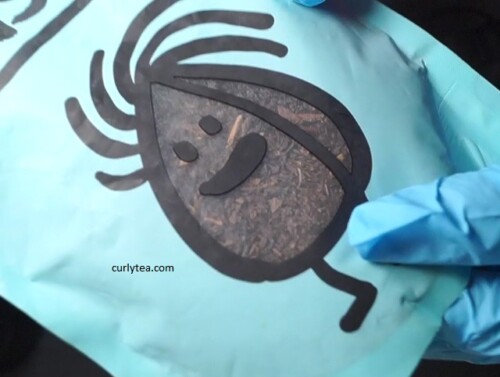Oolong Tea (Wu-Long tea) has a very long history in Asia as being used for everything from helping control weight and fighting tooth decay, to promoting “healthy and shiny” hair.
Oolong comes from the same plant as Camellia sinensis (the same as green teas and black teas) except it is allowed to oxidize just a tiny bit longer than green tea.
Given this fact, it can be used just the same way you’d use green tea when making your ever-important tea rinses or spritzes for when you’re twisting/retwising your hair. This is also great for wash and gos.
NOTE: The difference between green, oolong and black tea is the time they are allowed to oxidize. According to an article at stylecraze.com, Green tea is “unoxidized” while oolong is “semi-oxidized” and black tea is “fully oxidized”.
For years, some naturals have sworn that using teas (green, black, etc) help decrease shedding. Oolong, too, would fit right in with those claims. Over time, your hair may become stronger and/or thicker. Some online writeups of Oolong tea claim it’s mineral content as a contributing factor for the improvement of lustre and strength of the hair.
Oolong tea has reportedly been studied by the American Diabetes Association (ADA) for it’s effects on controlling or in some way benefiting people with diabetes as well.
Quick Tea Rinse
2 TBSP Oolong tea
1 TBSP black tea (if you have it)
2 cups hot water
# Strain
# Let cool
# Pour into a spray bottle
1 TBSP Vegemoist (my fave) or Glycerin
# Shake well shake
# Spray on the hair before styling
Refrigerate any leftover for up to 5 days
Get Access
Join the community to get immediate access to all of the videos and recipes!
I suggest to add black tea in the recipe above because it’s been thought to help slow down or stop breakage due to regularly dryness.
In addition to the great hair benefits, Oolong is also said to be good for the skin. I haven’t tested those claims myself. But just like with the hair spritz, try splashing cooled oolong tea on your face after washing. Or, apply some — like a toner — after cleansing the skin. See if it has any benefit. (I after about a month. I suggest a month because it may take at least that long for skin to heal and improve with any product, let alone a tea.
There are different versions of Oolong tea as well. “Formosa Oolong” tea is a Taiwanese version of oolong which is darker and has a slightly “fruity component” in it’s taste (mountainroseherbs.com). There’s also a “Light Oolong” tea which has gone through an even shorter fermentation period which makes it taste similar to green tea. It supposedly has a “smooth aftertaste” (mountainroseherbs.com).
There are other alleged benefits for Oolong tea that I can’t possibly verify, though. For example, some claim Oolong tea can prevent tooth decay by “inhibiting the growth” of bacteria that causes decay and can aid in the prevention of plaque buildup.
Other benefits suggest that it can help control weight by improving metabolism and can reduce cholesterol levels. These are claims that can only be tested by each individual over an extended period of time.
The external benefits, however, may take a much shorter period of time to discern. So, test it out for yourself and see!
Related
thefitglobal.com [2]
stylecraze.com [3]
care.diabetesjournals.org [4]
mountainroseherbs.com [5]
